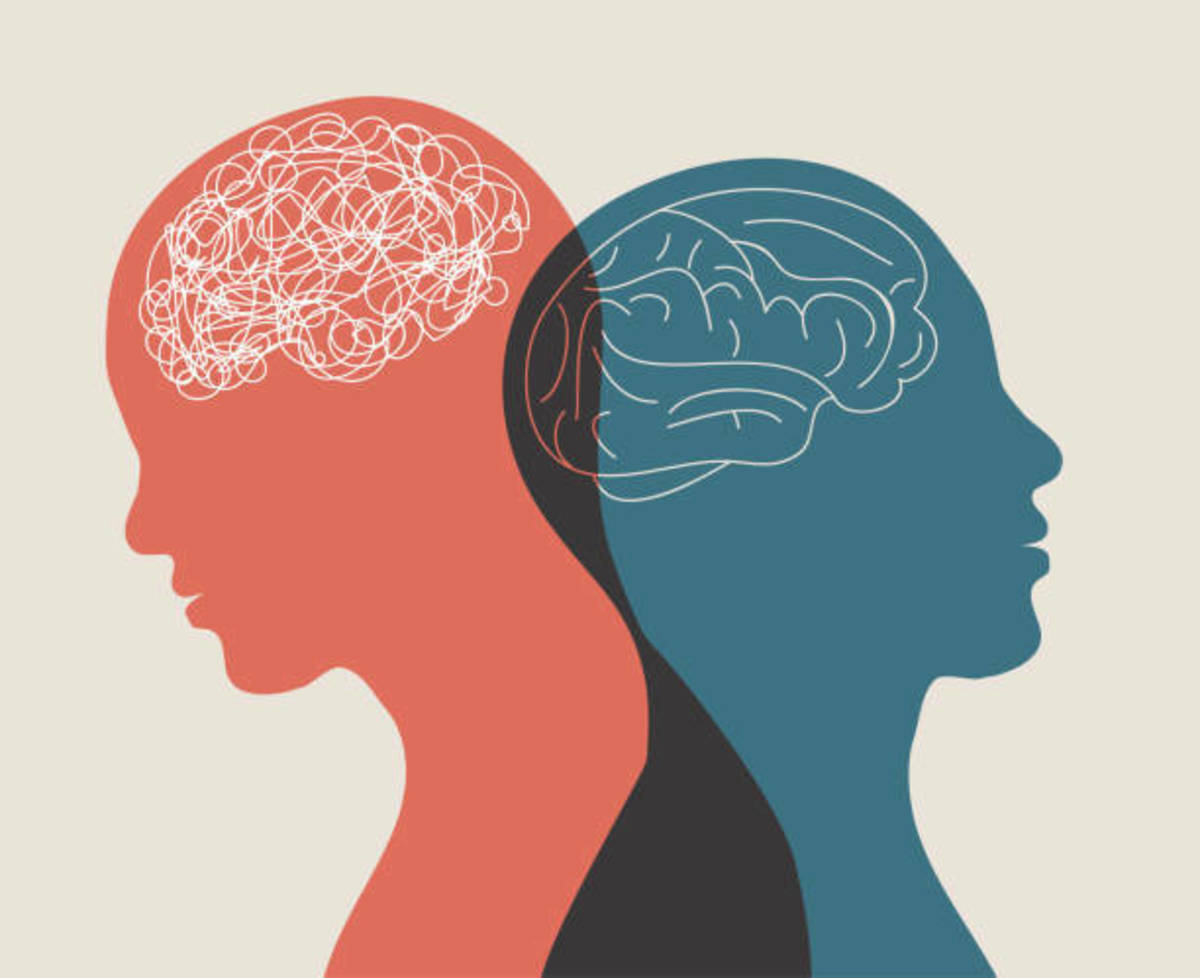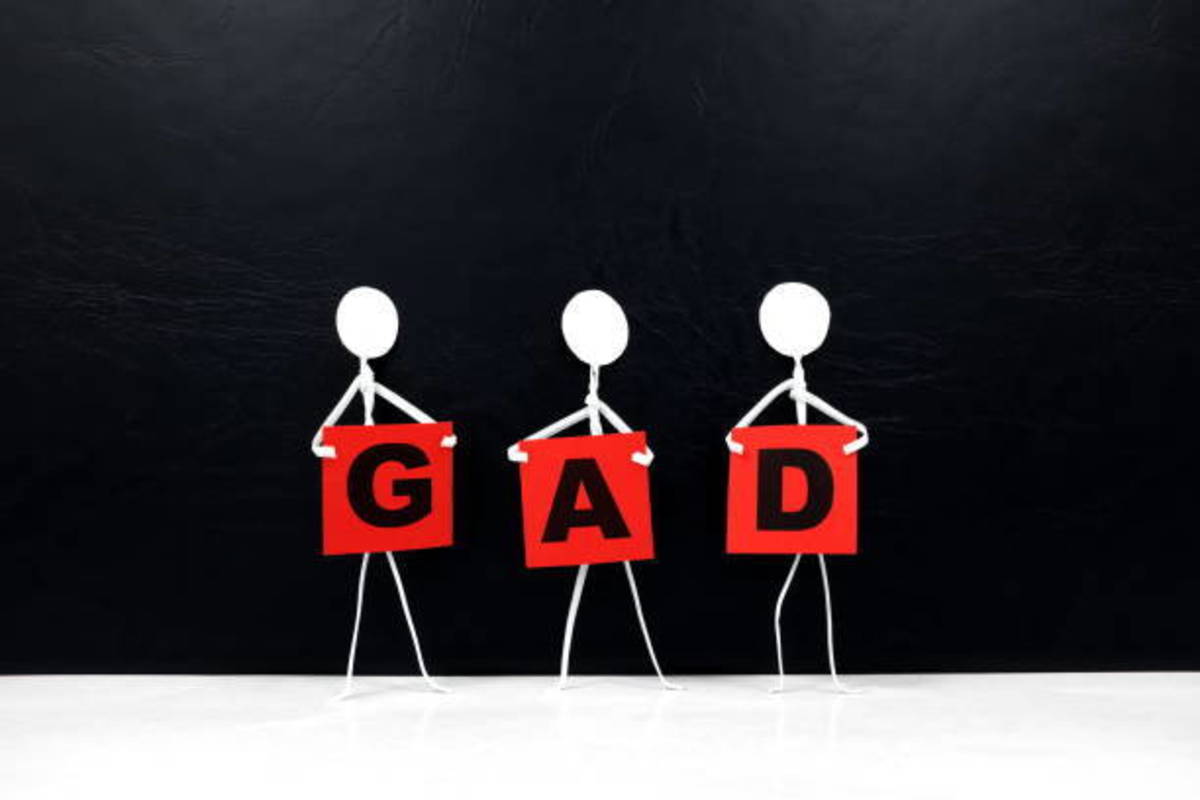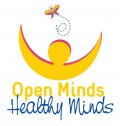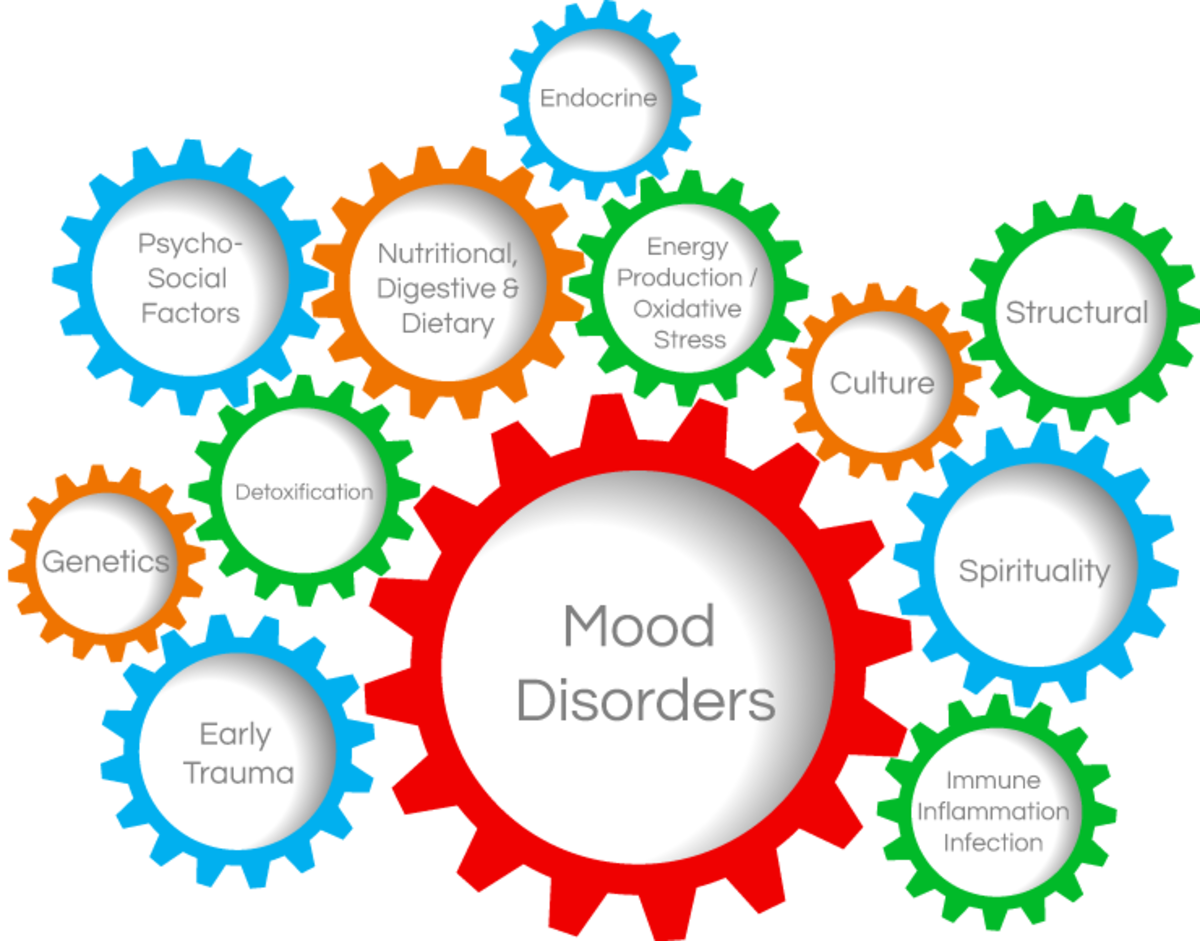Childhood Disorders
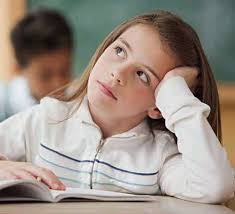
O men, grown sick with toil and care,
Leave for awhile the crowded mart;
O women, sinking with despair,
Weary of limb and faint of heart,
Forget your years to-day and come
As children back to childhood's house.
~Phoebe Cary
Chidhood Disorders:
Childhood is often thought of being as one of the happiest times in a person’s life-a time where a carefree attitude and a worry-free life provide the environment in which a child grows and develops. But unfortunately, Children can have similar mental health problems that adults have, like anxiety or depression; children's problems often have a different focus. Children may have difficulty with changes associated with growing up, such as beginning school. They may lag behind in comparison to how other children their age are progressing, or during stressful times, they may behave like a younger child would do. Even when children do have problems that also appear in adults, the problem tends to look different in a child. For example, anxious children are often very concerned about their parents and other family members. They may want to be near loved ones at all times to be sure that everyone is all right.
Many psychological disorders first diagnosed in children involve physiological and/or genetic components. However, there are many other psychological disorders found in children without any physical causes. Disorders caused by physiological or biological problems are more likely to be identified early in life, but some of these problems are not identified until adulthood.
Mental retardation, learning disorders, communication skills disorders and pervasive developmental disorders (such as autistic disorder) appear to have biological components. Some psychologists specialize in the identification and treatment of these disorders, but they are not frequently encountered in a general psychological practice because of the need for specialized training and treatment.
There are a lot of childhood disorders in DSM IV. We choose these disorders for our project.
1. Autism or autistic disorder.(299.90)
2. Asperger syndrome (AS) (299.80)
3. Rett syndrome (299.80)
4. Stuttering (307.0)
5. Tourette’s disorder (307.23)
6. Stereotypic movement disorder (307.3)
7. Conduct disorder (312.8)
8. Selective mutism (313.23)
9. Oppositional defiant disorder (313.81)
10. Attention deficit / hyperactivity disorder (314.0)
11. Disorders of written expression (315.2)
12. Mental retardation
Reference to emotional and behavioral disorders in children was rare prior to the 18th century (Kanner, 1962). Beginning in the 5th century, unusual and problematic behaviors were often viewed as signs that child was possessed by an evil spirits (Zilboorg & Henry, 1941). 18th century asylums administrators began to speak emotionally or behaviorally disturbed children. Prior to 17th century children were distinguished from adults on the basis of size, but the idea of qualitative difference in social, emotional, cognitive or moral development between children and adults.
World War II was a crucial point in legitimization and advancement of mental health services and diagnostic labels of children and adults (Shore & Mannino).
In 19th century an influential change in the lives of children was the introduction of free and compulsory education. This system was a solution to emerging urban crises of masses of “idle youth” hanging about city stress.
At the turn of the 20th century Sigmend Freud untouched his theory of childhood sexuality, in which early experiences and child development set the stage for subsequent psychopathology. His theory brought attention to the psychological importance of childhood.
In recent years, there has been increasing recognition of the prevalence of childhood mental health disorders. One well-regarded study found that one in five children and adolescents in the U.S. exhibit some functional impairment from a mental or behavioral disorder, with one in nine experiencing significant impairment and one in twenty experiencing extreme impairment.
Large-scale research studies have reported that up to 3 percent of children and up to 8 percent of adolescents in the U.S. suffer from depression, a serious mental disorder that adversely affects mood, energy, interest, sleep, appetite, and overall functioning. In contrast to normal emotional experiences of sadness or passing mood states, the symptoms of depression are extreme and persistent and can interfere significantly with the ability to function at home or at school. Anxiety disorders are the most common mental health problems that occur in children and adolescents.
Autism and other pervasive developmental disorders are brain disorders that occur in as many as 2 in 1,000 Americans. While some individuals with autism function at a relatively high level, with speech and intelligence intact, others are developmentally delayed, mute, or have serious language difficulty.
In DSM-I (APA, 1952), all adults disorders were applicable to children, although a differential diagnosis between a transient adjustment difficulty and a more ingrained neurotic or personality disorder was necessary.
The second edition of DSM (DSM-II; APA, 1968) included for the first time a section called “Behavioral Disorders of childhood and adolescence”.
DSM-III (APA, 1918) contained detailed descriptions of mental disorders and specific criteria to help determine diagnosis. Implications of childhood diagnosis were, in part the result of increase in description and attention given to childhood disorder in DSM-III (APA, 1980).
DSM-IV identified more examples of behaviors symptomatic of conduct disorder. The diagnosis of conduct disorder in DSM-IV also required the specifications of age of onset; based on findings that early onset was associated with life long pattern of aggressive and antisocial behavior (Loeber & Dishion, 1983). Age of onset proved helpful in identifying children at risk of receiving a diagnosis of antisocial personality disorder in adulthood.


